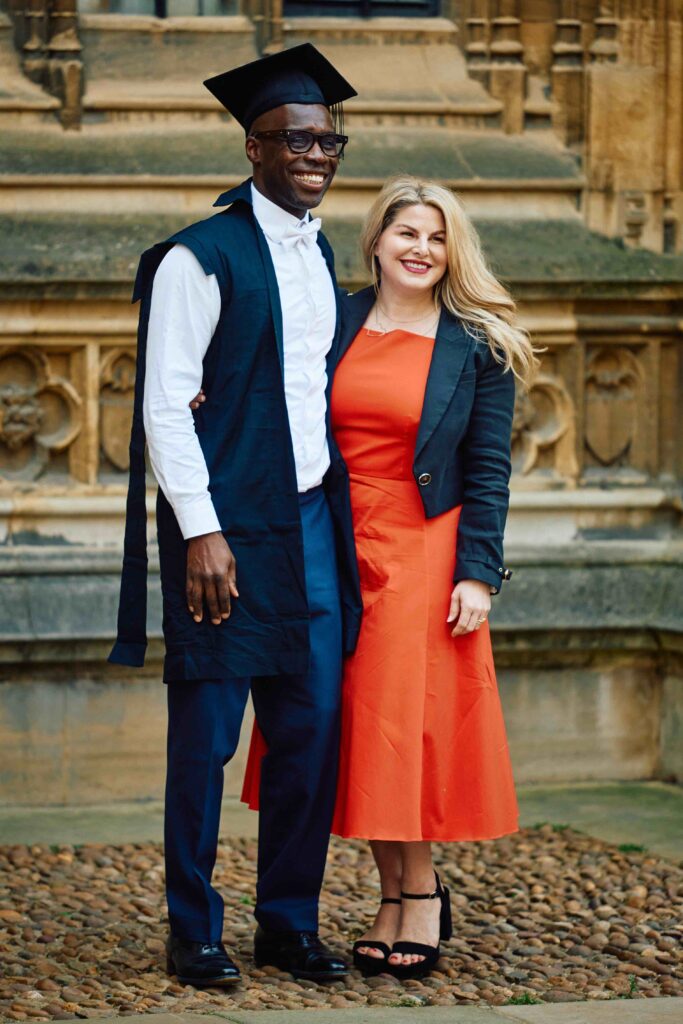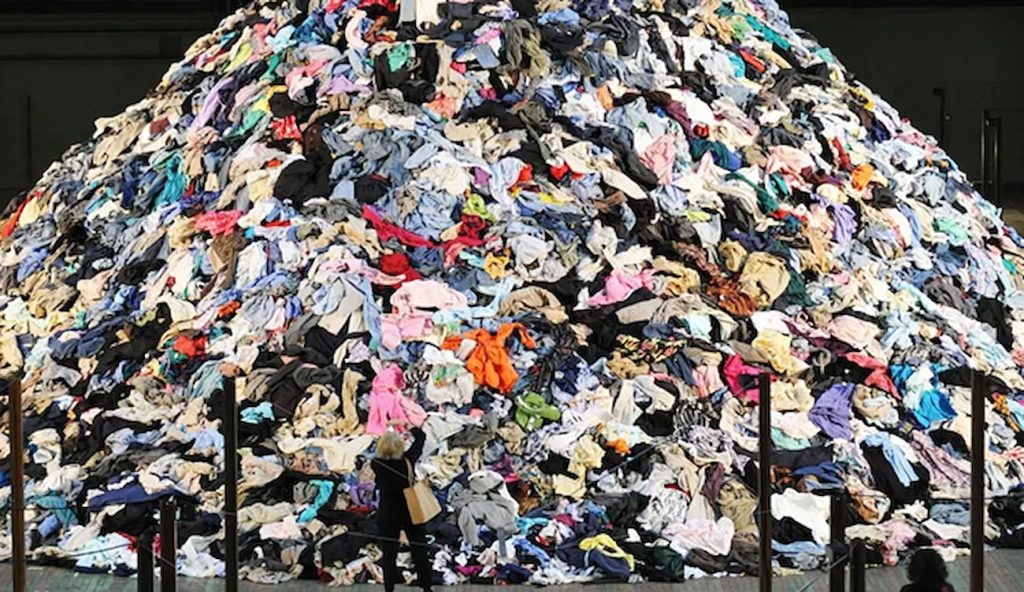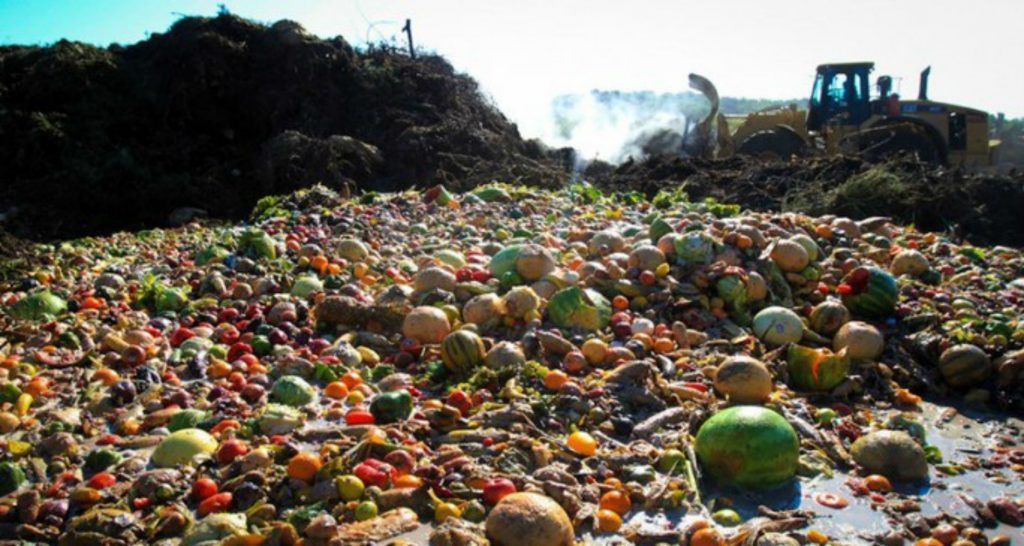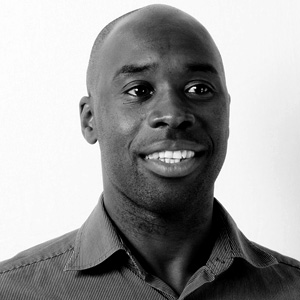May 28, 2023 0
The Rise of AI
Over the last couple of years, the rise of AI has been insane. Most definitely within the tech and data world, but more importantly now by users. So let’s be clear, AI is out there. Accessible. Available. Always on.
Before, AI was lurking beneath the surface. Working behind the scenes supercharging the business platforms that platform businesses use to:
- Spotify; better matches listeners with artists
- Airbnb; better find the best places to stay
- Uber; better get you to where you need to be
- Netflix; better know what to watch next
- Amazon; better suggest what to buy
Because with AI we can have better business outcomes. But what accelerated things so dramatically, and so publicly. Well, the entire contents of the internet were compressed into an accessible, available, always-on service that you can have a conversation with it. We call this ChatGPT and it marks the arrival of AI for the masses. The game has changed forever.
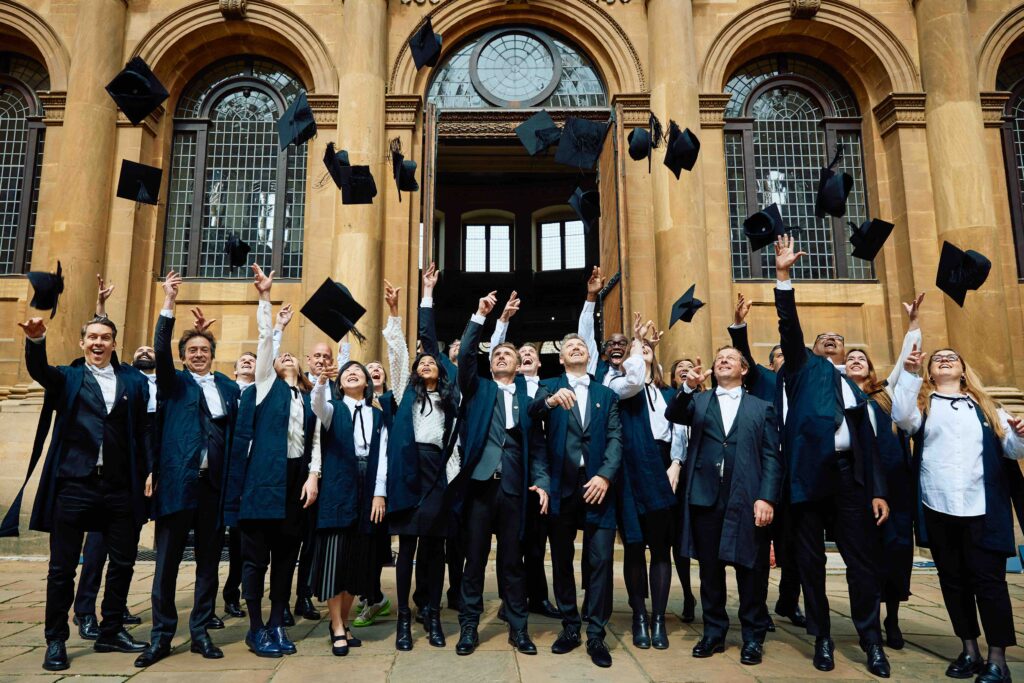
So, over the last couple of years I’ve been grappling with the true disruptive impact AI will have on business. And in April 2023 I graduated from Oxford University with a Diploma in AI for Business. The timing could not have been better. I have so much to be thankful for and people to thank.
So I’m going to do just that by gently unpacking AI. I’m going to cut through the hype, and add back some context, and have some fun with the rise of AI! But to kick off the thanks, first to the wicked smart AI for Business professors at Oxford University, and most importantly to my wife for giving me to space to grow. Thank you all!

